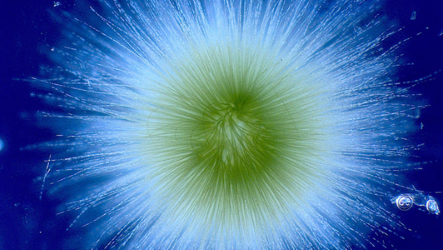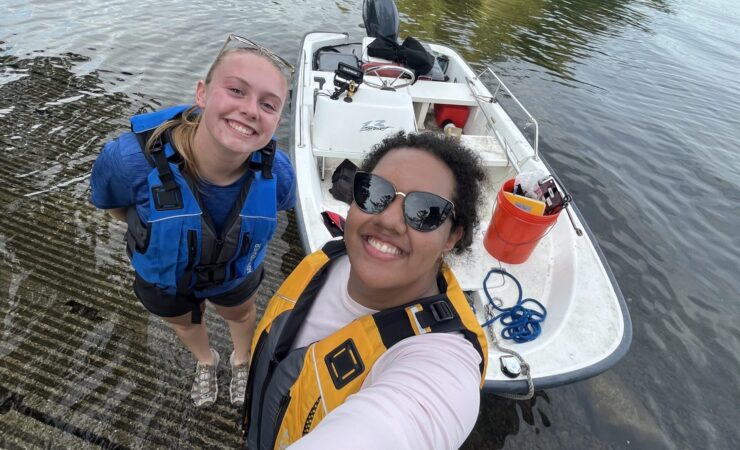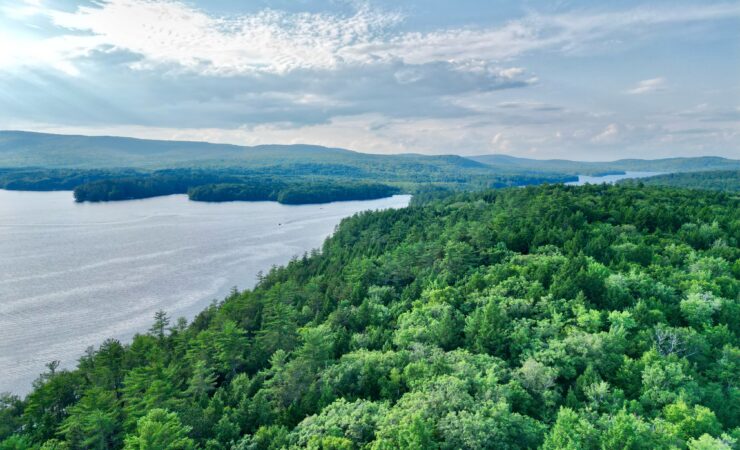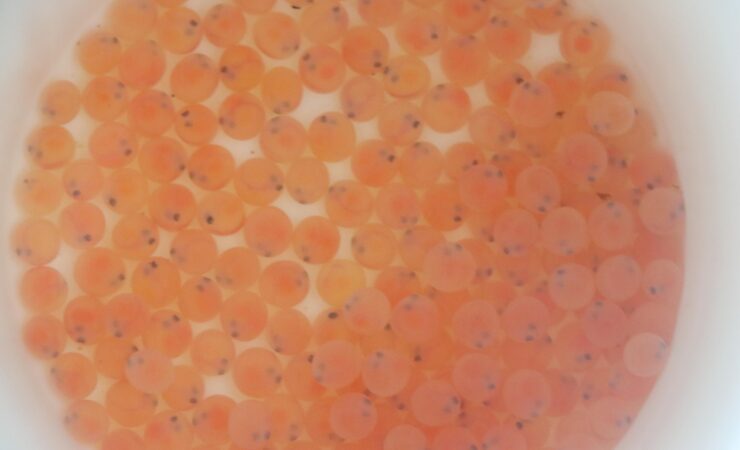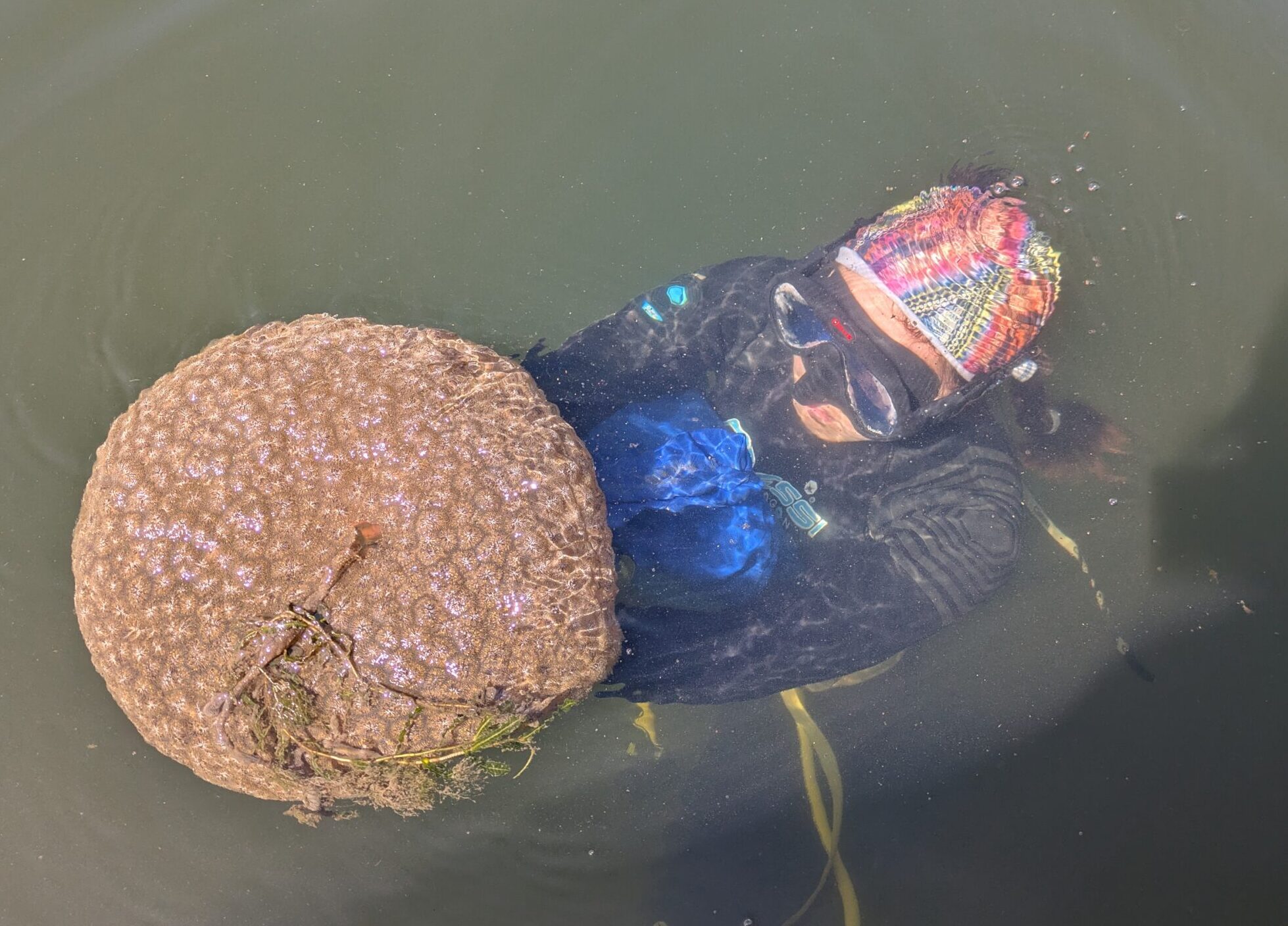
7 Lakes Alliance Dive Team member with a large Fresh Water Bryozoan colony
While Freshwater Bryozoans (class Phylactolaemata) do look other-worldly, they are sessile filter-feeding animals native to the U.S. They can be found east of the Mississippi River, as far north as Ontario and as far south as Florida. The name Bryozoans translates from Latin as “moss animal.”
Larger colonies, as pictured here in North Pond, tend to form in late summer or early fall and die off by winter. These colonies, made of hundreds or thousands of individual Bryozoans, tend to attach to submerged structures such as tree branches, rocks, and docks. Here in the Belgrade Lakes watershed, reports of folks observing Bryozoans increases at the end of the summer season, especially as docks are being removed from the lakes.
Bryozoan removal from lakes is not recommended. The presence of these creatures generally indicates good water quality and a healthy ecosystem. Much like oysters in salt water, freshwater Bryozoans filter water as they feed on microscopic organisms, such as algae, which helps keep water clean.


